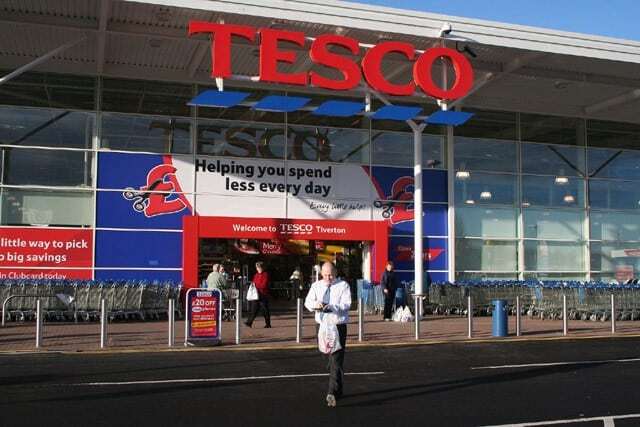Britain’s biggest retailer faces crisis which reveals what is wrong with websites
Tesco is in trouble. In spite of being the biggest retailer in the UK, the company faces turbulent times. The new CEO, Dave Lewis, starts his job today, taking over from the previous CEO a month early. He had told the BBC earlier this year that he had “no plans” to leave; within weeks he had gone. Yet, the last day in his job saw the giant grocer give a profits warning and 6% was slashed off its share price in a few hours. On top of this, the company has cut the dividend it provides to shareholders and seen its market share drop from over 35% of all shopping in the UK, to 29%. Today, as if Dave Lewis’s job was not complicated enough, one of the company’s major investors has halved its stake in the business, citing “incoherent strategy”.
There is a great deal of chatter on social networks, analysis by the pundits and news coverage in the media, all telling tales of woe. One of the key issues discussed in the coverage is price – and how the new entrants to the UK supermarket sector, such as Aldi and Lidl are able to provide lower costs, thereby attracting more customers away from Tesco.
Except, it isn’t price that is the problem.
Shopping has changed
When Tesco was riding high as the trend-setting dominant retailer we all lived in a different world. Online shopping had not taken off. Travel costs were much lower. Our lives were less busy.
When Tesco was at the top of its game we loved the convenience of getting everything in one massive store, being able to buy everything from beans to bedding or toilet paper to TVs. The age of the giant “hypermarket” was born and “Tesco Extra” was established giving us everything under one roof. No longer did we need to trudge up and down the High Street from butcher to baker to candlestick maker.
Giant stores, though, mean more time shopping. It takes longer to walk around the massive warehouse-style stores and it is more difficult to find what you want.
Nowadays, we have become used to getting what we want almost instantly, thanks to online shopping. The superstore may provide more choice than a smaller supermarket, but our increasing desire for “instant” solutions means that we perceive the time it takes us to shop in big stores as wasted time. Indeed, over in the USA, the giant retailer Walmart is reportedly focusing its strategy on smaller stores.
Speed trumps choice
Human beings prefer to do things in the shortest time and least amount of effort that is possible. It is a basic psychological survival instinct, part of our homeostatic mechanism designed to preserve energy for when it is most required. When Tesco launched its massive stores, they appealed to our need for speed; they meant much less effort than going to several different shops.
But now, the mid-sized stores, like Aldi and Lidl, not only offer keener prices, but they also provide faster shopping. They may provide less choice, but they do have a greater range than other medium-sized shops. It means we can get what we want, but in a faster time than at giant superstores.
[quote]It is not price that is the main psychological attraction of Aldi or Lidl – but shopping speed.[/quote]
Responding to change
The troubled times for Tesco should be a warning to website owners. The turmoil shows that your business can quickly lose ground and shareholder support if you do not adequately predict and respond to market changes. The shift in shopping in recent years has emphasised the importance of the psychological driver of convenience – the need for speed. Tesco needs to adapt its super sized stores to make shopping faster – and then its customers will return. If you run an online store, the convenience of being able to provide what customers want in an instant is essential. Unlike Tesco customers, who have to drive to the competition, your online competitors are a mere click away. Customers vote with their feet or the click of a mouse if they cannot get what they want, in an instant.
Tesco’s troubles started when it did not respond to the changes in the speed with which we can shop. Don’t let your website suffer the same consequences – make sure your customers can get what they want, in an instant.

